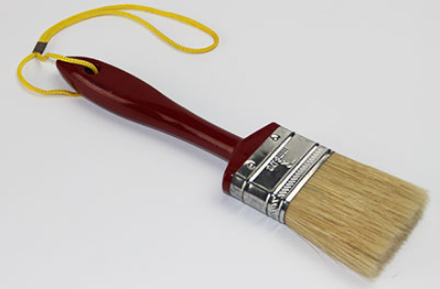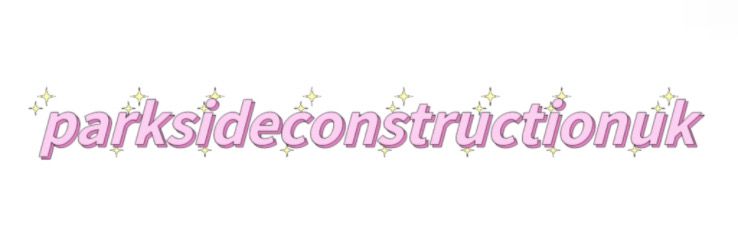A Comprehensive Guide to Different Types of Bristle Paint Brushes
When it comes to painting, selecting the right brush is essential for achieving the desired finish. Among the various types of brushes available, bristle paint brushes stand out for their unique characteristics and functionality. In this guide, we’ll delve into the different types of bristle paint brushes, incorporating insights from industry experts to provide you with a comprehensive understanding.
1. Hog Bristle Brushes
Hog bristle brushes are extremely popular among professional painters due to their stiffness and durability. According to Michael Wilson, a veteran painter with over 20 years of experience, "Hog bristle brushes are fantastic for oil-based paints. Their firm bristles hold a significant amount of paint and offer a smooth finish on textured surfaces." These brushes are ideal for both interior and exterior applications, making them versatile tools in the painter's arsenal.
For more information on these brushes, check out the
Hog bristle brushes.
2. Sable Bristle Brushes
Sable bristle brushes are crafted from the hair of sable animals and are known for their softness and fine point. They are favored by artists who require precision for detailed work. Susan Jansen, an art instructor, claims, "For watercolor and delicate acrylic applications, sable brushes are unmatched. Their soft bristles allow for a beautiful blend and control over the flow of paint." These brushes are particularly effective for creating fine lines and detailed artwork.
Learn more about these exceptional tools by exploring the
Sable bristle brushes.
3. Nylon Paint Brushes
Nylon paint brushes are synthetic alternatives that provide flexibility and resilience. They are suitable for both water-based and oil-based paints. John Myers, a DIY expert, notes that "Nylon brushes dry quickly and can handle various paint types without compromising performance." This feature makes them a popular choice for home improvement projects where quick drying times are essential.
Explore the variety of options available in
Nylon Paint brushes.
4. Polyester Brushes
Polyester brushes are another synthetic option that combine affordability with good performance. Jamie Clark, a professional decorator, states, "Polyester bristles are great for applying paint evenly, and they clean up easily, which is a significant advantage for many users." These brushes are particularly useful when working on large surfaces or in industrial applications where cost is a factor.
Consider adding
Polyester brushes to your toolkit for larger painting projects.
5. Blended Bristle Brushes
Blended bristle brushes bring together natural and synthetic bristles to leverage the advantages of both materials. These brushes deliver an impressive balance of durability and smooth application. As noted by experienced painter Angela Rodriguez, "Blended brushes work wonderfully for both water-based and oil-based paints, providing flexibility without losing stiffness."
To explore the characteristics of these brushes, check out the
Blended bristle brushes.
Conclusion: Choosing the Right Bristle Paint Brush
Selecting the right brush for your painting project can significantly impact the final outcome. Each type of bristle paint brush has unique properties suited to specific tasks. Whether you opt for hog, sable, nylon, polyester, or blended bristles, understanding their characteristics will empower you to make informed choices.
If you're looking to enhance your painting experience, consider exploring the diversity in
bristle paint brushes that best fit your needs.





